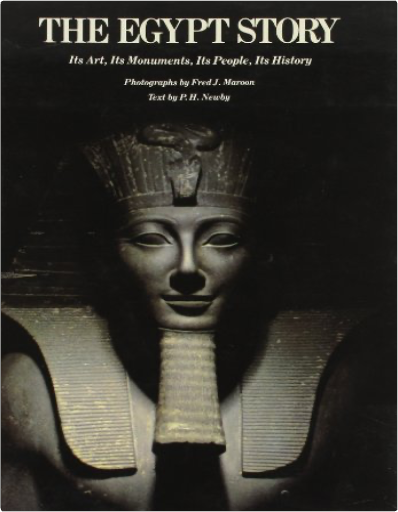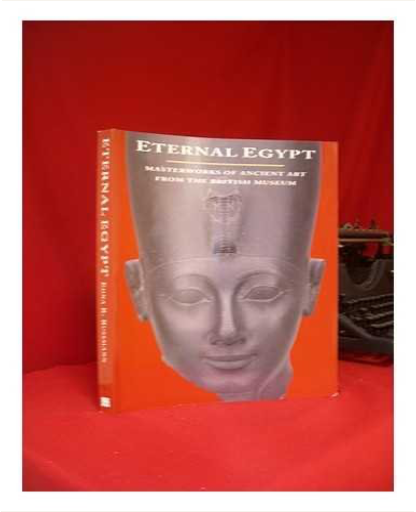 Eternal Egypt: Masterworks of Ancient Art from the British MuseumT. G. H. James, Edna R. Russmann Eternal Egypt: Masterworks of Ancient Art from the British MuseumT. G. H. James, Edna R. Russmann This sumptuously illustrated book is a wonderful introduction to the enormous and varied legacy of ancient Egypt. Created to accompany one of the greatest loan exhibitions ever to have been mounted from the collections of the British Museum, Eternal Egypt illustrates the development and achievements of ancient Egyptian art over a period of more than 3,000 years. Almost all of the artifacts have been drawn from the Museum's permanent exhibitions; many are among the finest examples of their kind to have survived from antiquity. Handsomely produced, this book reveals these objects—including sculpture, relief, papyri, hieroglyphic writing, jewelry, painting, cosmetic objects, and items of funerary equipment—as a means of extraordinary artistic expression rather than simply as historical documents. The book and the exhibit, which will travel to eight U.S. cities over the course of three years, provide a remarkable opportunity to explore the creative genius of one of the world's most extraordinary civilizations. 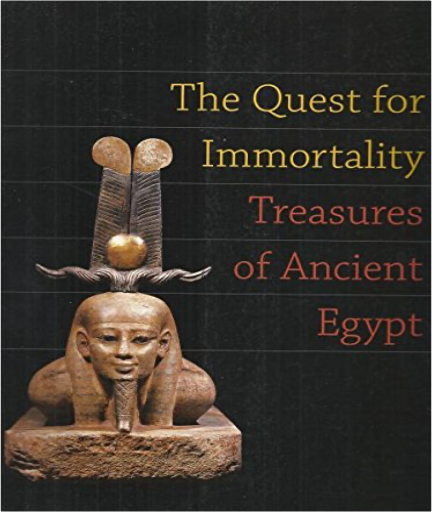 The Quest for Immortality: Treasures of Ancient EgyptNational Gallery of Art (U. S.), United Exhibits Group (Denmark), Erik Hornung, Betsy Morrell Bryan The Quest for Immortality: Treasures of Ancient EgyptNational Gallery of Art (U. S.), United Exhibits Group (Denmark), Erik Hornung, Betsy Morrell Bryan This volume accompanies an exhibition of the same name, which includes artefacts from nearly 2000 years before the Christian era. Objects such as coffins, tombs, masks, jewellery, papyri, sarcophagi and monumental and small-scale sculpture reveal the reverence and awe with which the Egyptians considered the mystery of death. The essays in this book explore Egyptian art history, customs and worship, with specific focus on the Amduat, a book devoted to the pharaoh's 12-hour journey to the afterlife. Additional writings detail the background of the collection and focus upon the role of art in ancient Egypt. 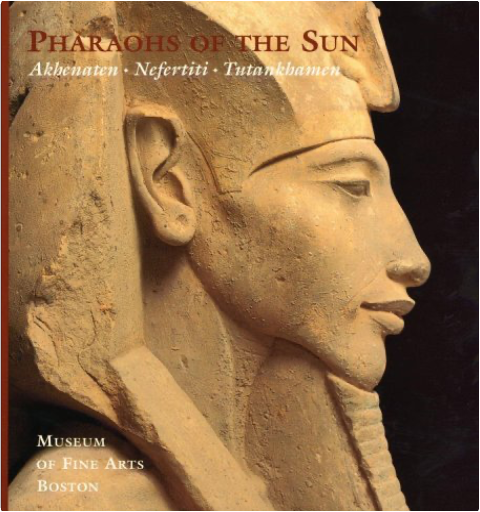 Pharaohs of the Sun: Akhenaten, Nefertiti, TutankhamenRita E. Freed, Yvonne J. Markowitz Pharaohs of the Sun: Akhenaten, Nefertiti, TutankhamenRita E. Freed, Yvonne J. Markowitz The fascinating Amarna Period of ancient Egypt comes to life through more than 250 beautiful works of sculpture, architectural elements, ceramic ware, jewelry, clothing, tools, and furniture from renowned international collections. Essays by leading Egyptian scholars describe this time of unprecedented change in art and architecture, technology, the role of women, and religion. 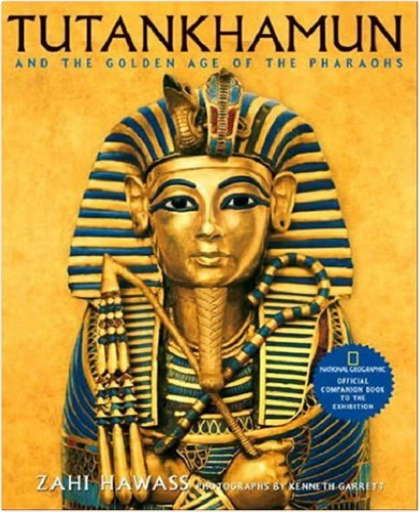 Tutankhamun and the Golden Age of the PharaohsZahi Hawass Tutankhamun and the Golden Age of the PharaohsZahi Hawass This book is the official companion to the National Geographic Exhibition of the same name. Featuring hundreds of full colour photographs, the volume delves into the rich treasure trove of objects from the reigns and tombs of fabled Egyptian kings and queens. Statues, furniture, urns and other funerary implements to ease the passage to the afterlife, jewellery and bas-relief panels are all included, and each photograph is accompanied by a precise description of materials, subject and significance. Zahi Hawass' text chronicles pharaonic history, and presents fascinating chapters on everything from everyday life, to elaborate ceremonies and an account of Howard Carter's discovery of the tomb in 1922. 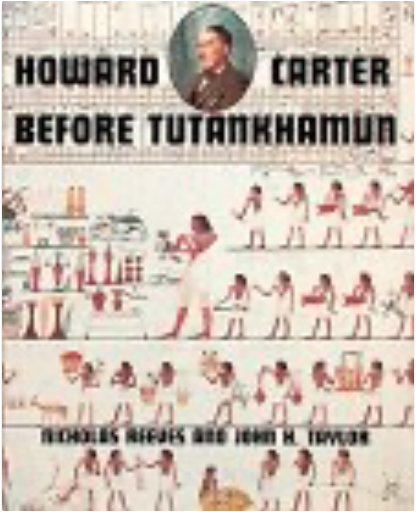 Howard Carter: Before TutankhamunC. N. Reeves, John H. Taylor, Nicholas Reeves Howard Carter: Before TutankhamunC. N. Reeves, John H. Taylor, Nicholas Reeves Frontisportrait + 201 pp. with numerous illus. (some in color), 4to. 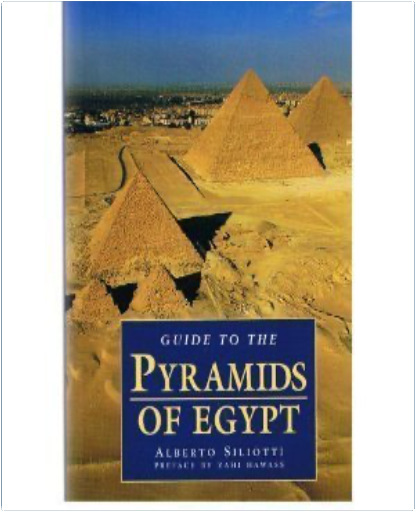 Guide to the Pyramids of EgyptAlberto Siliotti Guide to the Pyramids of EgyptAlberto Siliotti The pyramids of Egypt have cast an indelible shadow upon the history of all who encounter their magnificence. The physical splendor of the pyramids is matched by their spiritual and historical relevance. This enthralling and beautifully illustrated book explores every aspect of the pyramids; from their design and construction to their function and significance. Guide To The Pyramids Of Egypt offers a firsthand glimpse at one of the wonders of recorded human history. 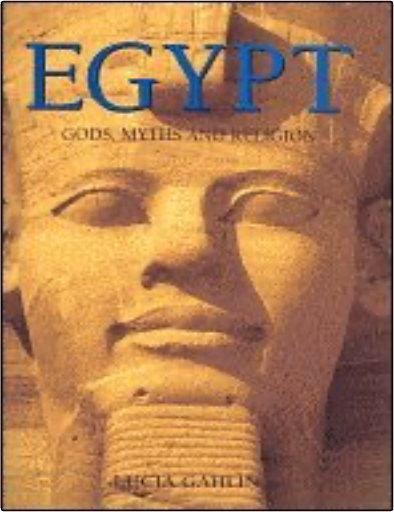 Egypt: Gods, Myths and ReligionLucia Gahlin Egypt: Gods, Myths and ReligionLucia Gahlin 256 pages- With a wealth of sumptuous and informative photography, this outstanding new book is an in-depth examination of the crucial role that mythology and religion played in one of the most fascinating periods of history. 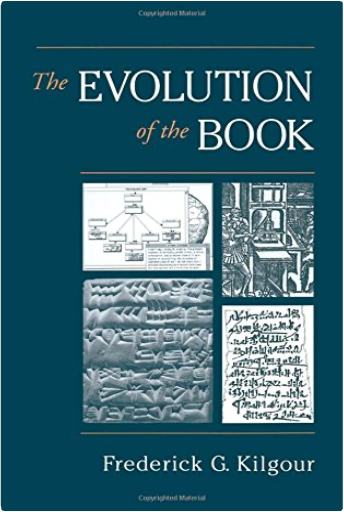 The Evolution of the BookFrederick G. Kilgour The Evolution of the BookFrederick G. Kilgour Distinguished scholar and library systems innovator Frederick Kilgour tells a five-thousand-year story in this exciting work, a tale beginning with the invention of writing and concluding with the emerging electronic book. Calling on a lifetime of interest in the growth of information technology, Kilgour brings a fresh approach to the history of the book, emphasizing in rich, authoritative detail the successive technological advances that allowed the book to keep pace with ever-increasing needs for information. Borrowing a concept from evolutionary theory—the notion of punctuated equilibria—to structure his account, Kilgour investigates the book's three discrete historical forms—the clay tablet, papyrus roll, and codex—before turning to a fourth, still evolving form, the cyber book, a version promising swift electronic delivery of information in text, sound, and motion to anyone at any time. 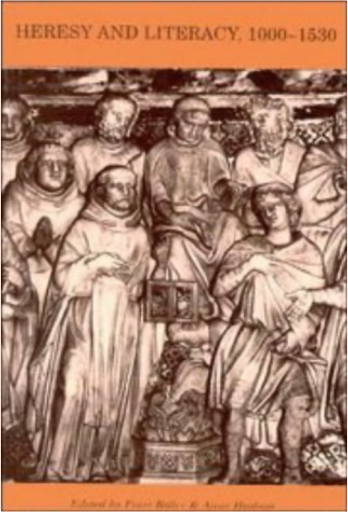 Heresy and Literacy, 1000-1530Peter Biller, Anne Hudson Heresy and Literacy, 1000-1530Peter Biller, Anne Hudson Did growing literacy in the later medieval period foster popular heresy, or did heresy provide a crucial stimulus to the spread of literacy? This collective volume, by established scholars from Britain, continental Europe and the United States, considers the importance of the written word in pre-Lutheran heresies, and explores the extent to which heretics' familiarity with books paralleled or exceeded that of their orthodox contemporaries. 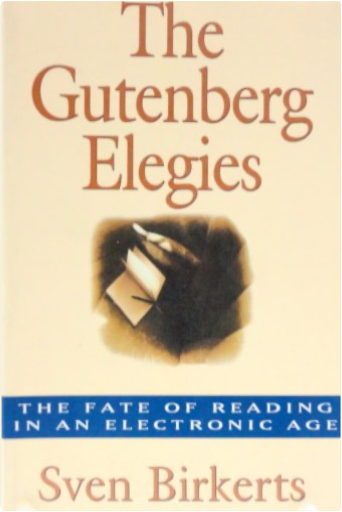 The Gutenberg Elegies: The Fate of Reading in an Electronic AgeSven Birkerts The Gutenberg Elegies: The Fate of Reading in an Electronic AgeSven Birkerts Discussing in personal and cultural terms the values of reading, and examining what may be lost as society turns towards CD-ROM, hypertext and audio books, the critic Sven Birkerts, whose essays and reviews have appeared in "The New York Times Book Review", "The Atlantic" and "Harper's", offers a defence of the place of reading and the printed word in the face of rapid technological advances. He argues that we are living in a state of intellectual emergency - an emergency caused by our willingness to embrace new technologies at the expense of the printed word. As we rush to get on-line, as we make the transition from book to screen, we are turning against some of the core premises of humanization. The printed page and the circuit-driven information technologies are not related - for Birkerts they represent fundamentally opposed forces, and in their inevitable confrontation our deepest values will be tested. 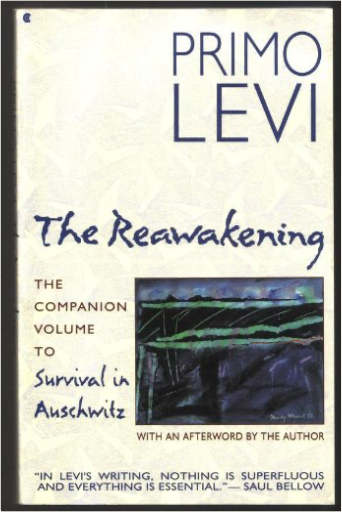 The Reawakening: The Companion Volume to Survival in AuschwitzPrimo Levi The Reawakening: The Companion Volume to Survival in AuschwitzPrimo Levi First published in English in 1965, "The Reawakening" is Primo Levi's bestselling sequel to his classic memoir of the Holocaust, "Survival in Auschwitz." The inspiring story of Levi's liberation from the German death camp in January 1945 by the Red Army, it tells of his strange and eventful journey home to Italy by way of the Soviet Union, Hungary, and Romania. Levi's railway travels take him through bombed-out cities and transit camps, with keen insight he describes the former prisoners and Russian soldiers he encounters along the way. An extraordinary account of faith, hope, and undying courage, "The Reawakening" was praised by Irving Howe as "a remarkable feat of literary craft." |
 Made with Delicious Library
Made with Delicious LibraryDenver, CO zipflap congrotus delicious library Tolva, John

